The coronavirus pandemic disrupted and re-shaped the annual CES across so many respects — the meeting of thousands making up the global consumer tech community “met” virtually, both keynote and education sessions were pre-recorded, and the lovely serendipity of learning and meeting new concepts and contacts wasn’t so straightforward.
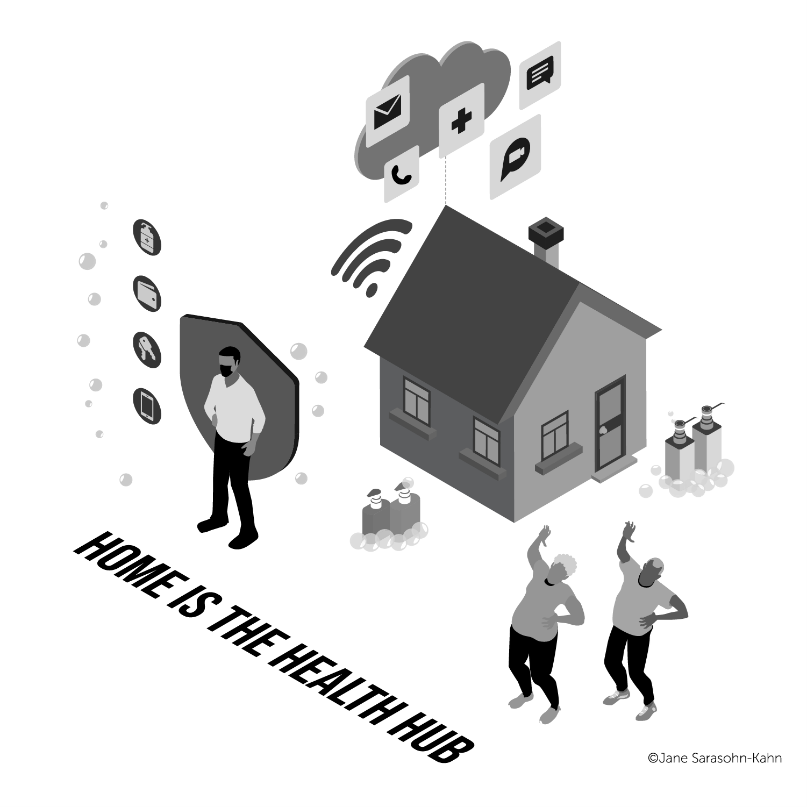 But for those of us working with and innovating solutions for health and health care, #CES2021 was baked with health goodness, in and beyond “digital health” categories.
But for those of us working with and innovating solutions for health and health care, #CES2021 was baked with health goodness, in and beyond “digital health” categories.
In my consumer-facing health care work, I’ve adopted the mantra that our homes are our health hubs.
Reflecting on my many conversations during CES last week, I’m evolving the concept to our homes morphing into health delivery platforms.
Where we physically lived in 2020 transformed into sites for the many daily verbs in our lives: working, learning, praying, cooking/baking/dining, exercising, and indeed, self-caring for wellness and medical care.
All those activities, couched in safety and hygiene — being protected from the tricky COVID-19 virus, which meant keeping a clean home environment in terms of air, surfaces, and hand-hygiene.
CES 2021 featured some obvious quick-pivoting products that had the pandemic written all over them, with sessions invariably speaking to the way the public health crisis impacted companies and strategic plans.
In this post, I’m considering the home as health platform, room-by-room and in the context of continuity of health care and wellness. Keep in mind that as our homes evolve into a major place for us to make health, this is the consumer-demand side in health care. Health consumers will have an impact on the supply side of the health care system — hospitals, physicians, pharma, medical device companies, and health plans.
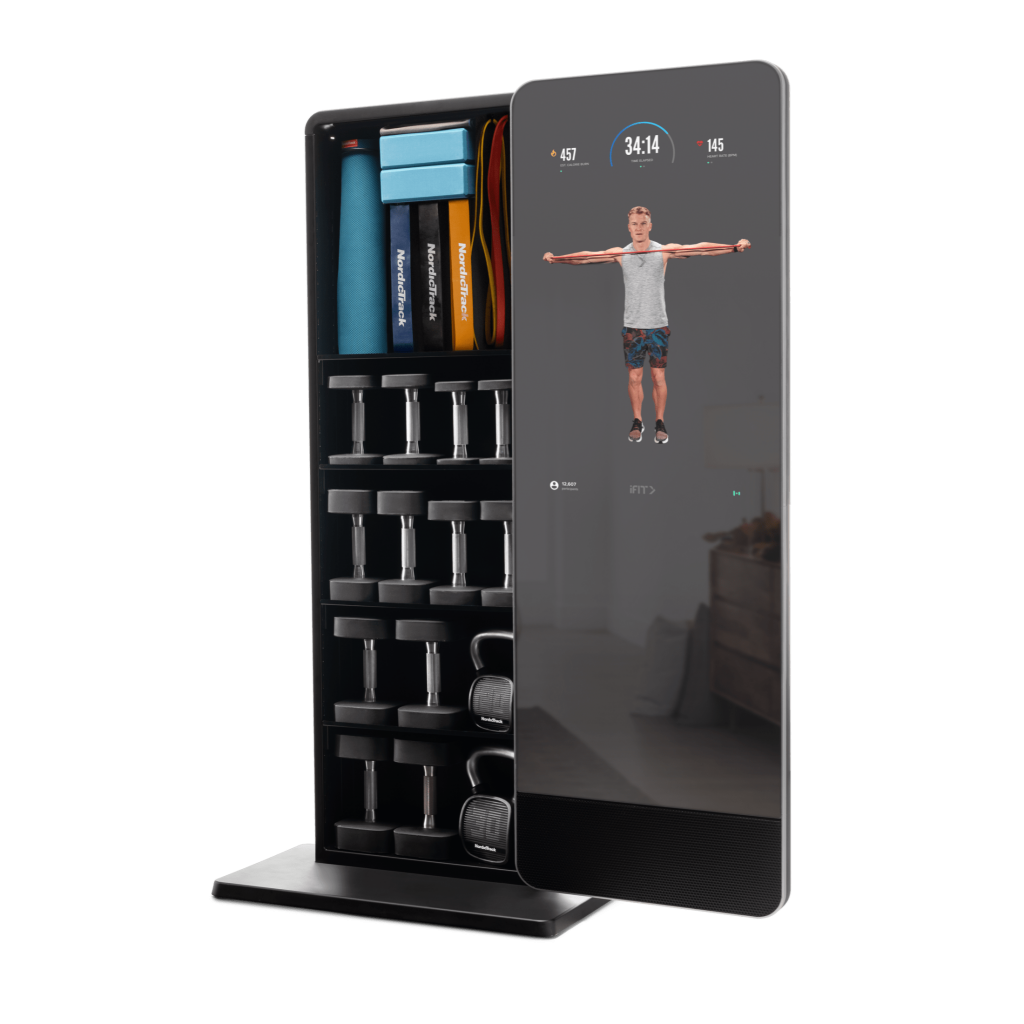 The home gym. Fitness tech and wearables for activity tracking have long been a big category at CES. The pandemic has bolstered fitness at home with gyms largely closed and people making room at home for exercise. Along with lots of apps sponsored by gym chains and exercise personalities, the market for connected fitness equipment grew like topsy in 2020 in the #StayHome pandemic era.
The home gym. Fitness tech and wearables for activity tracking have long been a big category at CES. The pandemic has bolstered fitness at home with gyms largely closed and people making room at home for exercise. Along with lots of apps sponsored by gym chains and exercise personalities, the market for connected fitness equipment grew like topsy in 2020 in the #StayHome pandemic era.
While Peloton was a punchline in some peoples’ jokes at the 2019 holiday season (see here), the company had an enviable growing waiting list in 2020 — the right thing at the right time. Peloton was valued at $8 billion in January 2020, reaching $35 billion by October 2020, being valued more as a tech company than a fitness or health care firm. The company is acquiring Precor to expand its portfolio and scale economies. Joining Peloton in connected fitness at CES 2021 was NordicTrack, which recently announced its purchase of Precor. Connected mirrors, the purview of beauty-tech in past CES conferences, will also play a larger role in connected fitness in 2021. In addition to the Vault mirror, NordicTrack also added heart monitoring function to its ride working with iFit in this announcement at CES.
Heart health at home. The heart has been a digital health focus at CES for several years as sensors got added to wristworn activity trackers and mobile apps married to medical technologies that were once only available for use in a doctor’s office or outpatient clinic.
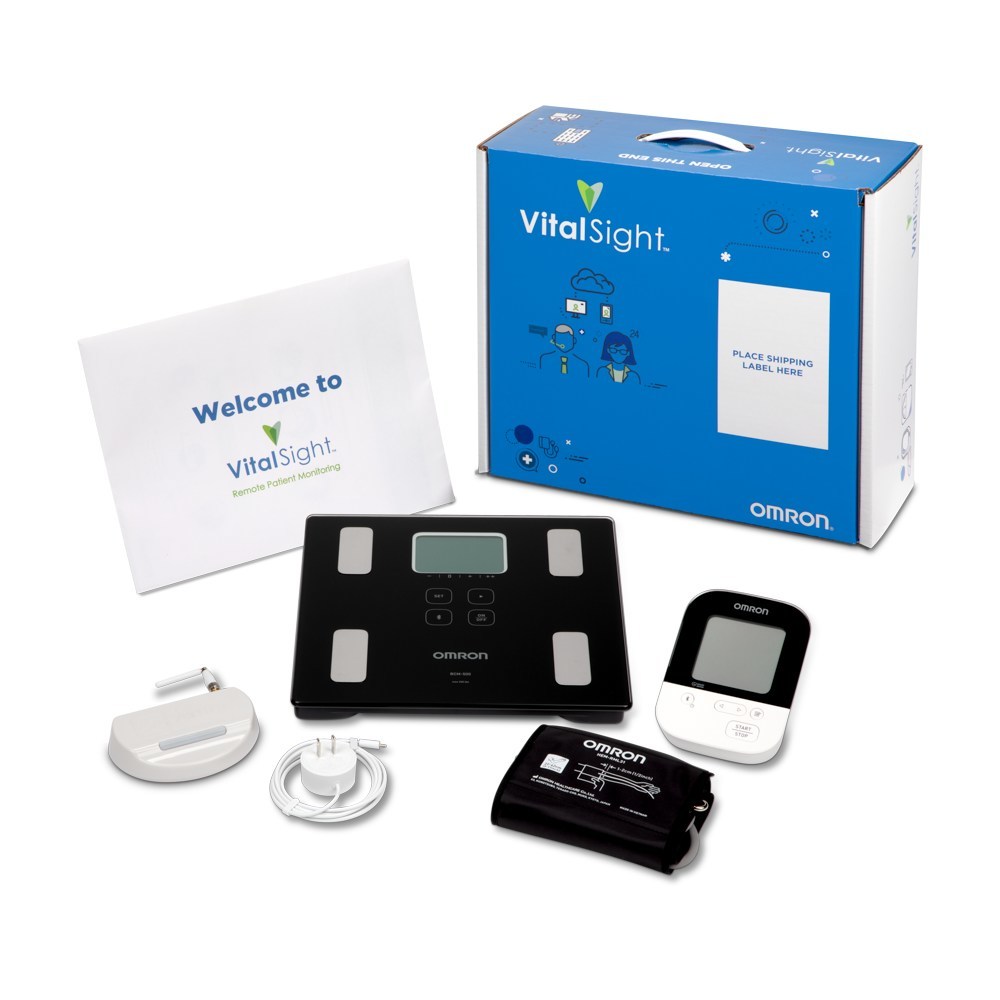
At last year’s 2020 CES, I wrote here in Health Populi that evidence and innovation was beginning to bridge health consumers keen to take on self-care for their hearts, and their physicians. As iFit’s Bluetooth connected heart rate monitor connected with NordicTrack the device also connects with wearable tech from Garmin, Polar, Wahoo and WHOOP, an example of the growing data ecosystem emanating from consumer-generated health devices.
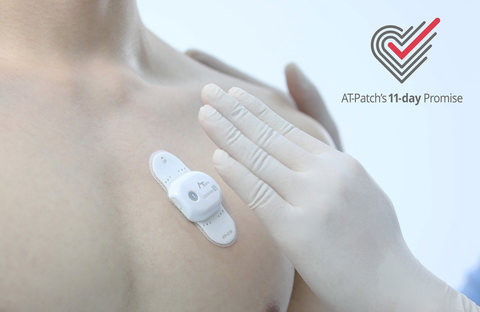 More of that bridge between patient-and-doctor was built with the announcement from OMRON that its new product Vital Sight would enable remote heart health monitoring. The product-as-a-service consists of an OMRON blood pressure monitor, a weight scale, and a data hub which sits in a consumer’s home to connect data collected by the BP monitor and scale, enabling the information to flow into the patients’ electronic medical record system. This program fits into OMRON’s corporate/social mission of “Going for ZERO” heart attacks and strokes.
More of that bridge between patient-and-doctor was built with the announcement from OMRON that its new product Vital Sight would enable remote heart health monitoring. The product-as-a-service consists of an OMRON blood pressure monitor, a weight scale, and a data hub which sits in a consumer’s home to connect data collected by the BP monitor and scale, enabling the information to flow into the patients’ electronic medical record system. This program fits into OMRON’s corporate/social mission of “Going for ZERO” heart attacks and strokes.
Remember the bulky Holter monitors worn at the waist to gather data about The AT-Patch from ATsens won an honoree award at CES 2021, transforming the form factor and streamlining the patient experience of collecting electrocardiogram data over time. Up to 14 days’ worth of ECG data can be collected via this skin-worn wearable tech, connecting to a patient’s phone to allow real-time view of the information. We are seeing more patch-form technologies like the AT-Patch in the wearable med-tech
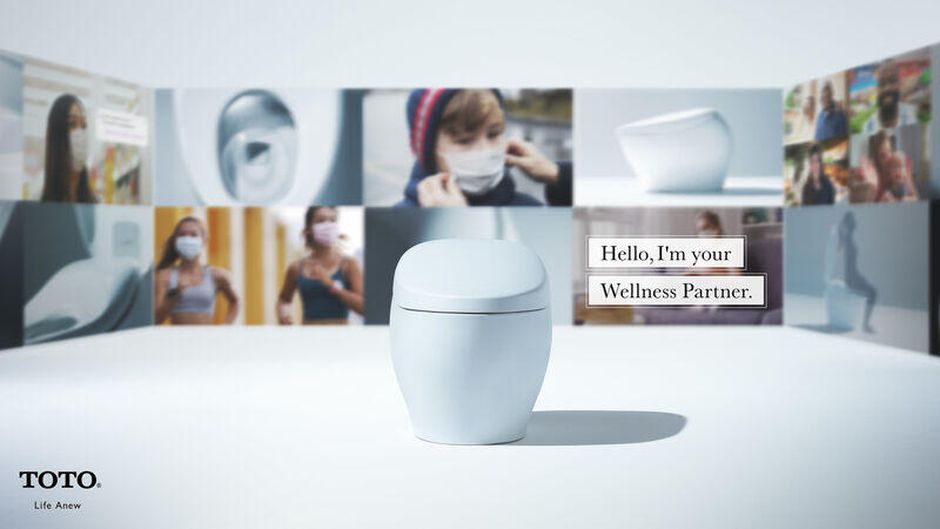 The increasingly smart bathroom for health. Connected weight scales are increasingly “prescribed” or recommended by physicians who want patients to track their weight beyond a diagnosis or overweight or obesity. Water weight retention connects to heart health, for example, and can also be an indicator for other acute conditions.
The increasingly smart bathroom for health. Connected weight scales are increasingly “prescribed” or recommended by physicians who want patients to track their weight beyond a diagnosis or overweight or obesity. Water weight retention connects to heart health, for example, and can also be an indicator for other acute conditions.
In the increasingly smarter bathroom, the toilet is getting to be a wellness partner in the eyes of TOTO, the largest plumbing manufacturer in the world. TOTO’s CES 2021 presentation talked about a “new normal way of life,” with the so-called “wellness toilet” able to scan the body and record various health metrics (mental and physical) about the user. In their explanation of the device, TOTO notes that the home’s bathroom is “the perfect place to support people’s wellness” for at least two reasons: it is more convenient to use than a wearable device, part of a person’s daily activities; and, toilets and people, TOTO asserts, ‘Have two unique touchpoints that cannot be found elsewhere — the skin and human waste.” TOTO collects data from fecal matter deposited in the toilet. The company anticipates the toilet will be available for the residential market in the next few years.
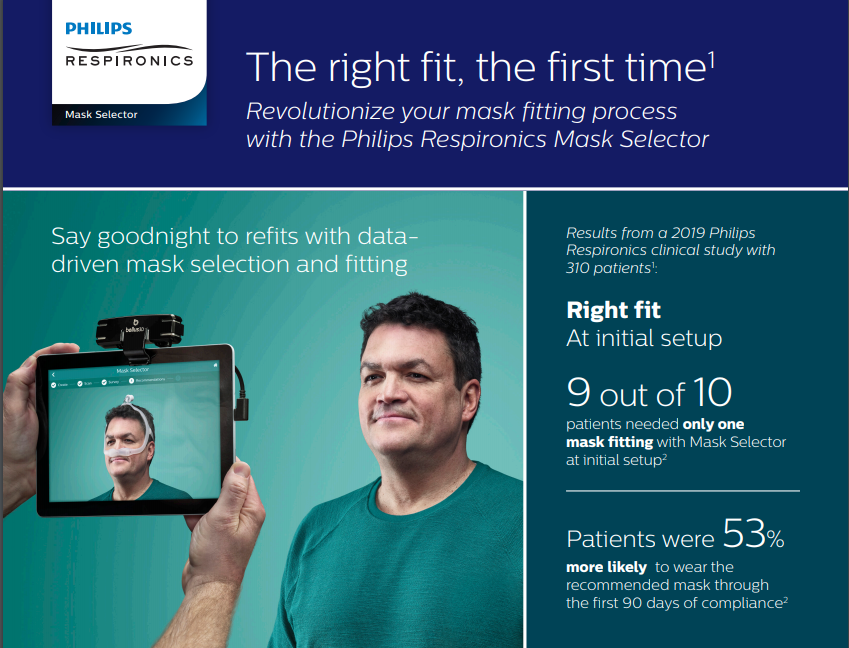 Another smart health activity hosted in the bathroom is oral care; as I wrote last year in a post I titled, “The Internet of Teeth,” the human mouth is a gateway to health. Among several important oral health care innovations announced at CES 2021, Philips unveiled the Sonicare 9900 Prestige toothbrush. With one brush head, the device adapts to the user’s teeth and gums, using sensors and AI to assess the pressure being used, and areas that need more attention in the brushing process. Philips is also expanding tele-dentistry this year, being honored at CES 2021 for this program that connects consumers to dentists which has been especially useful in the COVID-19 pandemic.
Another smart health activity hosted in the bathroom is oral care; as I wrote last year in a post I titled, “The Internet of Teeth,” the human mouth is a gateway to health. Among several important oral health care innovations announced at CES 2021, Philips unveiled the Sonicare 9900 Prestige toothbrush. With one brush head, the device adapts to the user’s teeth and gums, using sensors and AI to assess the pressure being used, and areas that need more attention in the brushing process. Philips is also expanding tele-dentistry this year, being honored at CES 2021 for this program that connects consumers to dentists which has been especially useful in the COVID-19 pandemic.
Sleep-as-medicine for all ages. Sleep has been a key theme at CES, which I began to note in 2018 in this post on prescribing sleep for health at CES. Philips is a major player in the sleep health market, and at CES 2021 launched the Face Mask Selector with based on 3D facial screening. The company claims a success rate of 9 in 10 patients feel the perfect fit.
In my discussion about this program with Dr. Mark Aloia, who leads Philips’ work in patient behavior change and is also with the National Jewish Health Department of Medicine and Section of Sleep Medicine, the mask selector is a state of the art technology that scans the face and leads to better engagement and patient confidence. Dr. Aloia explained that about 50% of people first measured for CPAP masks switch them out at some point. I commented that this was akin to the Warby Parker approach of allowing eyeglass-buyer consumers with doing virtual try-ons. In the case of the CPAP mask, the patient is experiencing some empathy and feeling more comfortable int he process of being fitted with a mask — an emotional experience, Dr. Aloia has found.
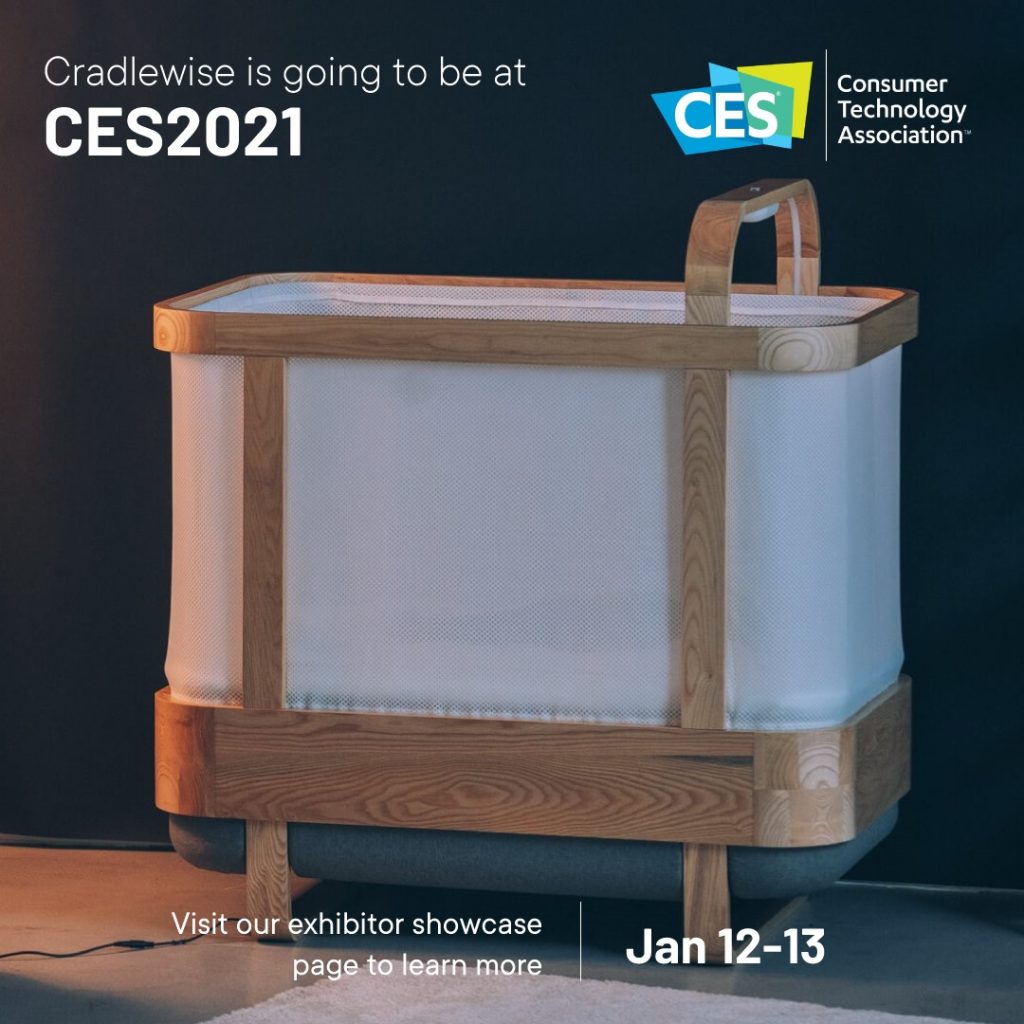 Beds have also grown as a health/wellness category at CES for the past decade; you’ve probably noticed a growing supply of cool new beds advertised during the pandemic as people are spending more time at home, seeking better sleep in the public health crisis, and some spending more time in bedrooms. Baby tech marries to sleep health with one of the best-reviewed products at CES 2021, the Cradlewise smart crib that embeds a baby monitor, sensor, and AI. The crib can sense a baby waking up and can play music and rock baby back to sleep, learning baby’s sleep patterns over time.
Beds have also grown as a health/wellness category at CES for the past decade; you’ve probably noticed a growing supply of cool new beds advertised during the pandemic as people are spending more time at home, seeking better sleep in the public health crisis, and some spending more time in bedrooms. Baby tech marries to sleep health with one of the best-reviewed products at CES 2021, the Cradlewise smart crib that embeds a baby monitor, sensor, and AI. The crib can sense a baby waking up and can play music and rock baby back to sleep, learning baby’s sleep patterns over time.
Besides smart crib tech, devices like the ainenne sleep trainer detect baby’s sleep patterns and use light technology to ease baby back to sleep. Ainenne earned a CES 2021 innovation award, for an application many parents would well appreciate.
Home as hospital. As the OMRON VitalSight, described above, demonstrates, more consumer-facing digital health technologies are bridging patients and doctors, and patients and hospitals. Even before the COVID-19 pandemic, more hospitals were piloting and planning to move inpatient acute care to certain patients’ home when that made clinical and economic sense. The public health crisis, combined with Medicare Advantage and other payors’ regimes, supported an economic model for the hospital-to-home movement.
During the pandemic, inpatient hospital beds have been in short supply in various communities across the U.S., motivating the move of patients from acute care settings to their homes where patients were found to be improving. Philips brought the Biointelisense “sticker” to market to enable remote monitoring of patients wearing the patch.
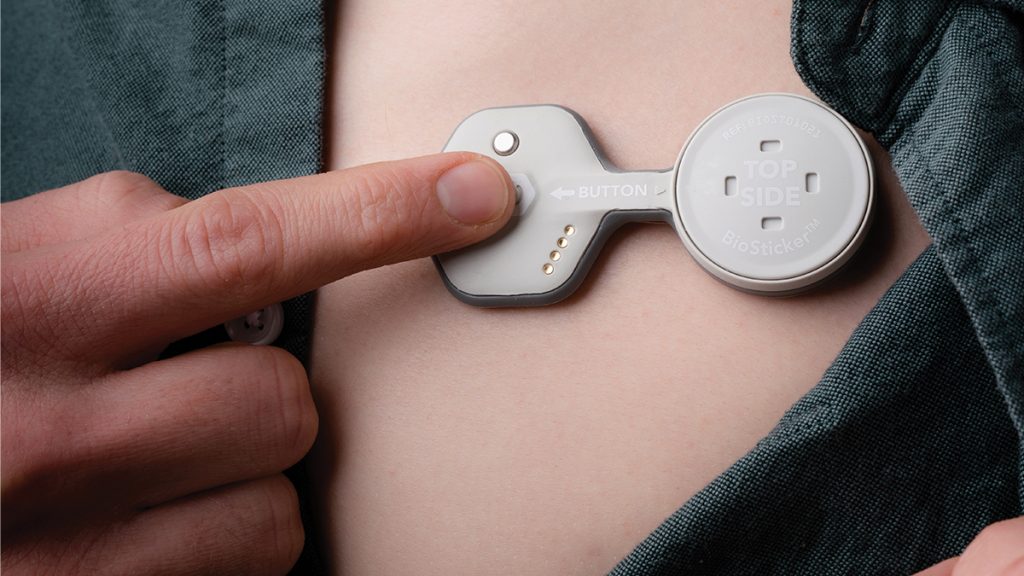 The BioIntelliSense device garnered a CES 2021 innovation award. FDA-cleared, the “button” is streamlined as a “stick it and forget it” medical device that can gathered up to 30-days’ worth of vital signs on the patient to whom the device is “stuck.” These metrics include respiratory rate, heart rate, and temperature; activity and sleep status; gait analysis and fall detection, along with symptomatic events.
The BioIntelliSense device garnered a CES 2021 innovation award. FDA-cleared, the “button” is streamlined as a “stick it and forget it” medical device that can gathered up to 30-days’ worth of vital signs on the patient to whom the device is “stuck.” These metrics include respiratory rate, heart rate, and temperature; activity and sleep status; gait analysis and fall detection, along with symptomatic events.
[For more context on Philips’ pivot to hospital-to-home care in the wake of pandemic, see my post here on Health Populi published on the company’s commitment to connected care across the continuum].
Hygiene and the clean home. In the pandemic, consumers have learned to hack new ways of making a clean, hygienic environment living most days inside. Clean air, clean surfaces, and clean textiles have all played a role in peoples’ commitment to making daily life safe and free of the coronavirus, one of the most contagious pathogens we know of in modern times.
Hygiene and sustainability have been growing themes at the conference, and in the pandemic era inspired fast-tracking of a variety of products to clean interior environments. P&G’s sustainable initiatives include the 50 liter home, partnering with Kohler on water hygiene and ecology for consumers, along with cleaning and home hygiene products such as Microban 24. LG, Bosch, and Samsung, big consumer electronics brands, brought the home-health-hygiene trifecta together through cleaning bots, air cleaning devices, and sustainability messaging.

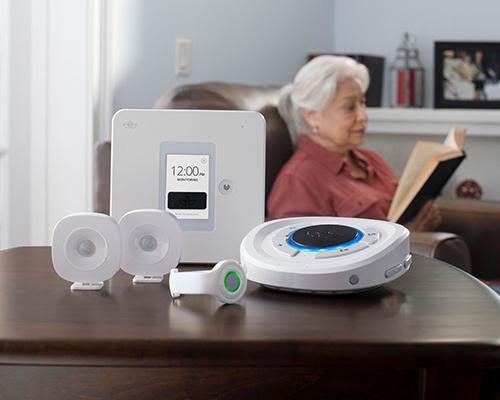 Healthy aging at home. The COVID-19 pandemic has created fear and loathing among older people keen to stay away not just from hospitals, but from senior living residences where the coronavirus has seen greater rates of mortality among people over 70 years of age. CES 2021 featured a growing array of aging-tech to aid people in staying in their homes longer to avoid admission into long-term care facilities. Tech’s for gait evaluation and fall detection, more streamlined personal emergency response systems, and smartphones and apps designed with older peoples’ use cases in mind proliferated CES 2021. CVS’s announcement of the Symphony, a home health device targeted to older people safely living in their home has an ambitious goal ahead, integrated into the company’s vertical integration for continuity of care well beyond the retail pharmacy.
Healthy aging at home. The COVID-19 pandemic has created fear and loathing among older people keen to stay away not just from hospitals, but from senior living residences where the coronavirus has seen greater rates of mortality among people over 70 years of age. CES 2021 featured a growing array of aging-tech to aid people in staying in their homes longer to avoid admission into long-term care facilities. Tech’s for gait evaluation and fall detection, more streamlined personal emergency response systems, and smartphones and apps designed with older peoples’ use cases in mind proliferated CES 2021. CVS’s announcement of the Symphony, a home health device targeted to older people safely living in their home has an ambitious goal ahead, integrated into the company’s vertical integration for continuity of care well beyond the retail pharmacy.
For more on tech specifically relating to aging well at home, check out Laurie Orlov’s Aging and Health Technology Watch site summarizing her ten favorite CES 2021 finds for older people.
Health Populi’s Hot Points: As he moves into the White House on Wednesday 20th January, Joe Biden won’t be able to bring his Peloton connected cycle to use in workouts. That is because the Peloton is a connected health device which could be hacked or mined for personal information,
![]() CES is always a very useful meeting to learn about new and soon-to-come digital health technologies and, increasingly, smarter home devices that will enable people aging to stay put for a longer time than they might have otherwise been able to do.
CES is always a very useful meeting to learn about new and soon-to-come digital health technologies and, increasingly, smarter home devices that will enable people aging to stay put for a longer time than they might have otherwise been able to do.
The good news about hospital care being able to move to home is exactly what’s concerning in terms of privacy and cybersecurity. Health care data is the most attractive information asset on the cyber-hacker’s target list.
As we’ve been so focused on digital health tech, it’s timely to note that Google recently completed its purchase of Fitbit for $2.1 billion, approved by the European Union antitrust regulators with some pretty strong teeth about how Fitbit data should not be used in Google ad flow. The deal has not yet been approved by the U.S. Justice Department.
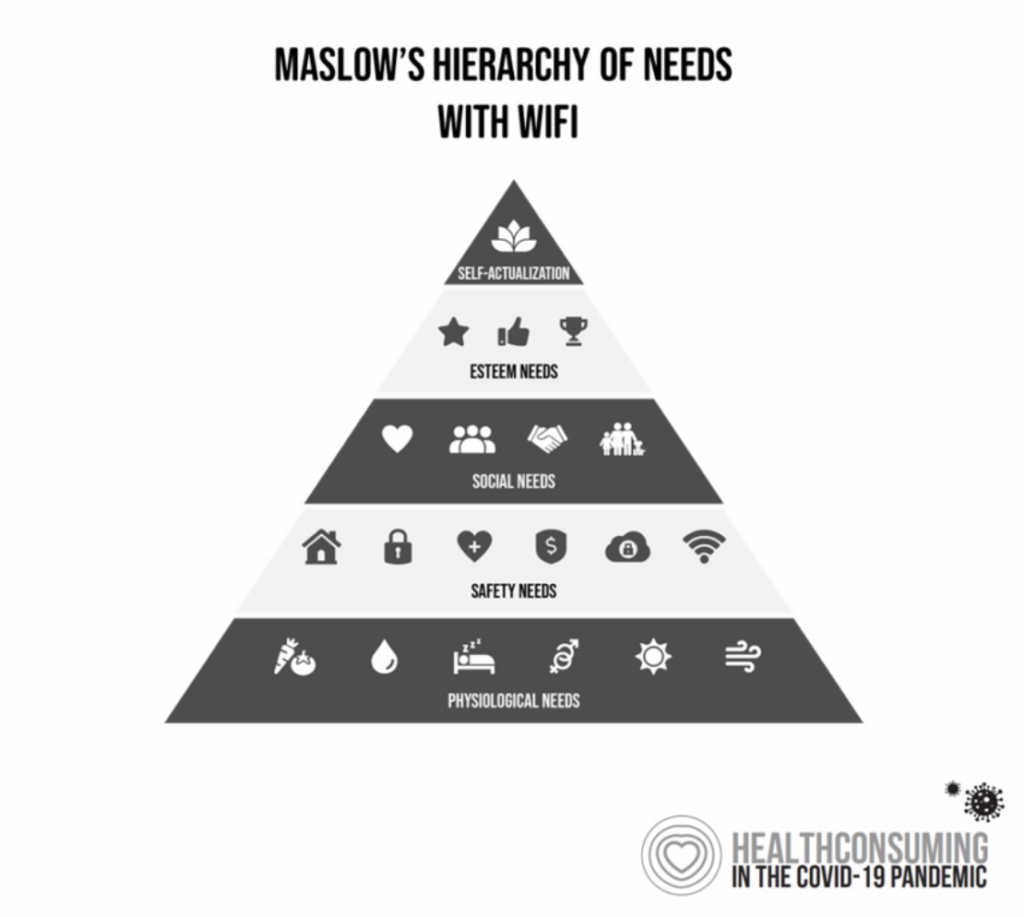 Clearly, privacy of our health and other personal data must be weighed by consumers and their caregivers in balance with the convenience and utility that the growing health data ecosystem can provide well people, those managing chronic conditions, and very sick folks who could be aided with knowledge scraped together form other patients. Sharing personal data is a form of data altruism, and a sign of one’s being a good health citizen, loving they fellow patient through sharing one’s data. A study published during CES 2021 from Group M found that while one half of consumers say it’s important to be equipped with the latest technology, 4 in 5 people believe they or a family member should be the only ones with access to data from their health and fitness tracker.
Clearly, privacy of our health and other personal data must be weighed by consumers and their caregivers in balance with the convenience and utility that the growing health data ecosystem can provide well people, those managing chronic conditions, and very sick folks who could be aided with knowledge scraped together form other patients. Sharing personal data is a form of data altruism, and a sign of one’s being a good health citizen, loving they fellow patient through sharing one’s data. A study published during CES 2021 from Group M found that while one half of consumers say it’s important to be equipped with the latest technology, 4 in 5 people believe they or a family member should be the only ones with access to data from their health and fitness tracker.
A second large area of concern to address is the digital divide in technology, and in particular health and social inequity worsened by lack of broadband connectivity and its on-ramp to social determinants of health — transportation, learning/education, food and good nutrition, a good job and access to health care. Clean air and clean water tend to be worse in ZIP codes where other social determinants are at-risk, such as in Flint with its water crisis and large gap between rich and poor (that is, income inequality as a risk for lacking a health care safety net).
There is reason to embrace our homes as growing health platforms, to bolster our self-efficacy and confidence in managing our own health and that for our loved ones. This can result in lower costs and, to be sure, lowering our risks to exposure to COVID-19. We can also improve our satisfaction with health care delivery receiving service at home, in comfort, convenience, and access.
This depends on broadband access — yet another social determinant of health so key to living well in the pandemic.
As our homes get smarter for health and health care, welcoming the growing shift from hospital to residential housing, we must connect the dots of digital health benefits for all health citizens regardless of ZIP code or type of health insurance.




 I love sharing perspectives on what's shaping the future of health care, and appreciate the opportunity to be collaborating once again with Duke Corporate Education and a global client on 6th May. We'll be addressing some key pillars to consider in scenario planning such as growing consumerism in health care, technology (from AI to telehealth), climate change, and trust -- the key enabler for health engagement or dis-engagement and mis-information. I'm grateful to be affiliated with the corporate education provider
I love sharing perspectives on what's shaping the future of health care, and appreciate the opportunity to be collaborating once again with Duke Corporate Education and a global client on 6th May. We'll be addressing some key pillars to consider in scenario planning such as growing consumerism in health care, technology (from AI to telehealth), climate change, and trust -- the key enabler for health engagement or dis-engagement and mis-information. I'm grateful to be affiliated with the corporate education provider  Thank you FeedSpot for
Thank you FeedSpot for